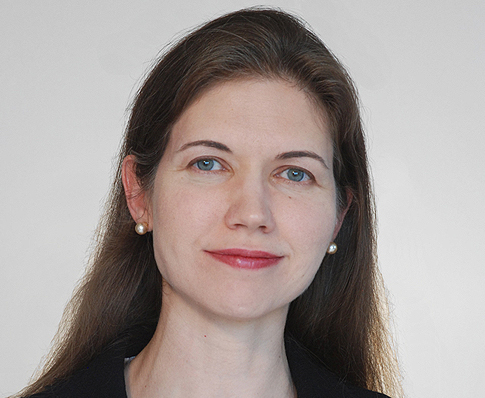
websitehttps://scholar.google.com/citations?user=Lra-MFcAAAAJ&hl=en
phone (512) 471-0999
office POB 2.112
Research Associate Center for Computational Oncology
Julie DiCarlo completed her PhD in the Magnetic Resonance Systems Research Lab at Stanford University in the Department of Electrical Engineering. Her doctoral work focused on quantitative cardiac imaging and included work on measuring aortic jet flow that was patented and licensed by GE and is now part of an interactive, real-time cardiac imaging system. She also built small RF surface coils for high-resolution diabetic skin and laryngeal cancer imaging. She became interested in furthering quantitative imaging for clinical research. She spent over ten years in industry as a research scientist developing imaging methods to assess treatment response in rheumatoid arthritis (RA). She worked on 29 phase 2 and 3 MRI and X-ray clinical trials of RA treatments, and worked on several other studies in osteoarthritis and orthopedic imaging. She developed proprietary techniques for measuring image features while working in close collaboration with full-time clinical trial radiologists. In 2018, she joined the Center for Computational Oncology at The University of Texas at Austin and has greatly enjoyed focusing on breast cancer research and collaborating with colleagues in Diagnostic Medicine and Electrical Engineering.
Dr. DiCarlo's aim is to innovate quantitative MR imaging of breast cancer. Her recent work has been to develop methods for picking optimum time samples for dynamic contrast enhanced (DCE) MRI and to better understand effects of image quality variations on pharmacokinetic data modeling. In addition to improving the quality of quantitative imaging data for mechanistic modeling, a secondary goal of hers is to integrate quantitative imaging with clinical standard-of-care exams. Doing so would eliminate the need for study participants to commit to extra research scans, increasing patient recruitment and retention, and thus increasing availability of data from which to assess treatment response. Other areas of interest include improving specificity of cancer screening, application of these techniques in community-based imaging practices, and radiomic data analysis for patient monitoring and clinical research.